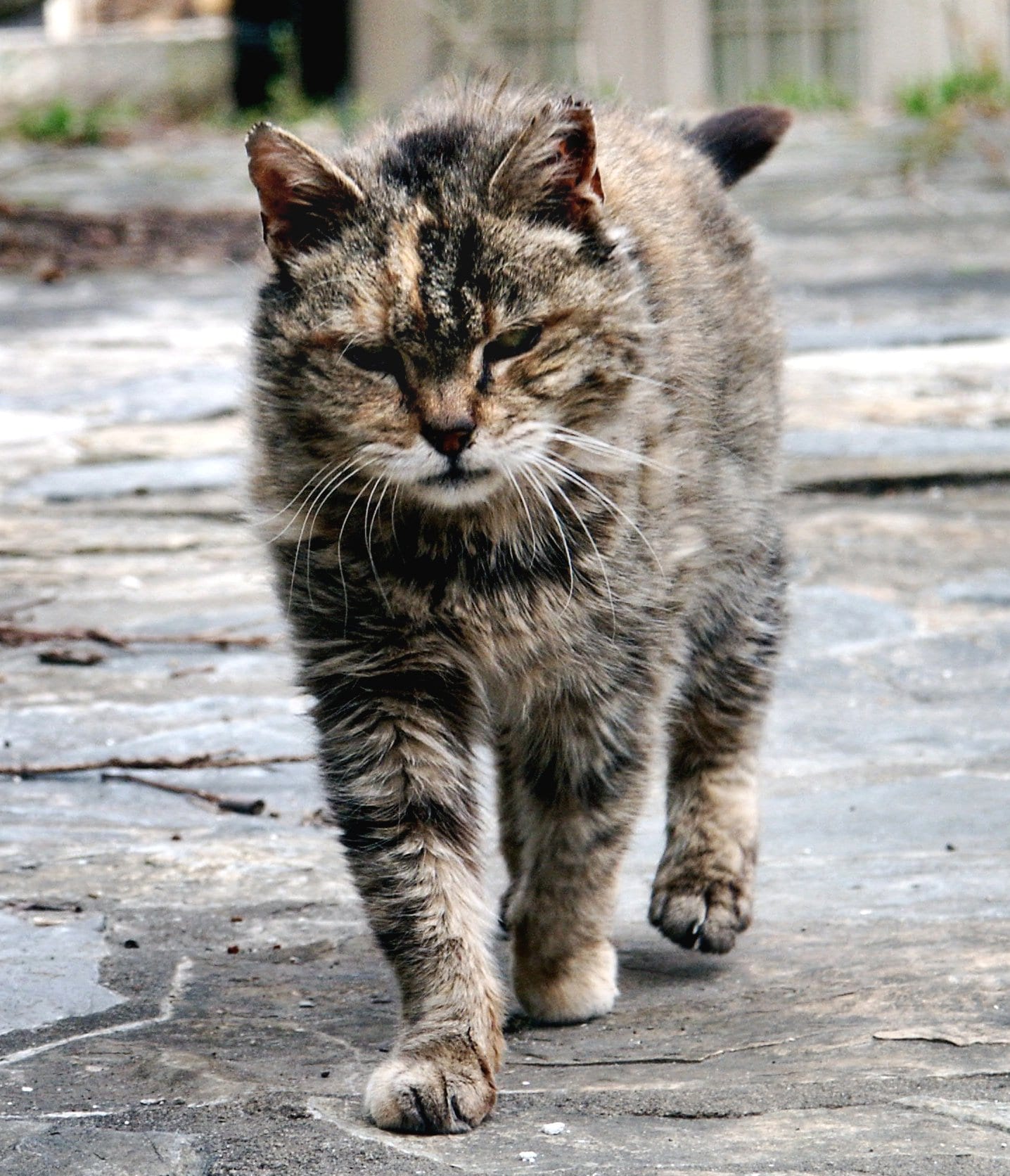

Fostering kittens rescued in the colony.For Pets’ Sake volunteers also feed several colonies who have no caretakers. Colonies may range up to 40 or 50 cats, so food becomes a large expense. FPS provides food to about 50-70 colonies every year for caretakers who are willing to feed the cats, but cannot afford the food. Feeding good quality food on a regular basis.For Pets’ Sake pays 100% for these services with the goal of having healthier cats who will NOT produce any more kittens. Cats are then returned to their homes, a process known worldwide as TNR (trap-neuter-return). Trapping the cats for their first and only trip to the vet, where they are spayed or neutered, get a rabies shot, a basic medical checkup and treatment for problems like fleas, ticks, and infections.Several cat specimens were characterized as wildcat subspecies in the 19th and 20th centuries, which are now regarded as feral cat populations.The Feral Cat Project helps in three major ways: These animals are assumed to have arrived in Australia via Dutch shipwrecks in the 1600s or English settlers in the late 1700s.ĭomesticated cats are known to begin creating feral colonies after their young moved away from human interaction. They have continued to be introduced to other places since then, most frequently by sailors or settlers. Cats were also disseminated by the Roman legions, who eventually took them to Britain. According to history, Phoenician traders transported them to Europe to reduce rat infestations, and monks brought them further into Asia.


However, it is unknown if cats were domesticated in Ancient Egypt or were brought there after they had been tamed. The necessity to keep rodents from eating or contaminating grain crops kept for later human use may have been the initial motivation for domesticating cats. They were revered in ancient Egypt for their ability to destroy rats and deadly snakes. They live outdoors and often avoid being touched or handled by humans.Ĭats are supposed to have originated in Egypt and spread over most of the world. Feral cats are domestic cats with no known owner. These activities are aimed at feral cats in both neighborhoods and shelters. A multitude of effective methods are used to reduce feral populations all around the world. Free Feral Cat Spay Day is an annual event that tries to raise awareness about the significance of spaying and neutering programs to reduce feral pet numbers.


 0 kommentar(er)
0 kommentar(er)
